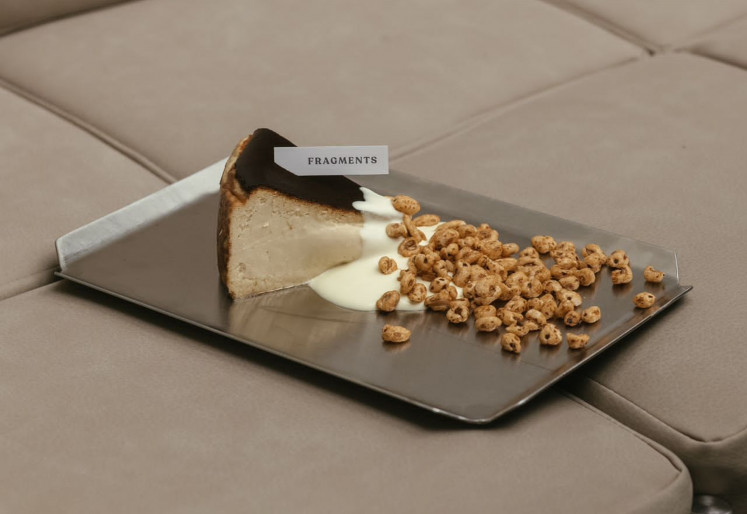Popular Reads
Top Results
Can't find what you're looking for?
View all search resultsPopular Reads
Top Results
Can't find what you're looking for?
View all search resultsStraight shooters: Making traditional arrows with Indonesia's fletchers
Change text size
Gift Premium Articles
to Anyone
S
tudies have confirmed the earliest evidence of archery dates back 64,000 years ago with the finding of quartz arrowheads in Sidubu Cave, present-day South Africa. Since then, bows and arrows have continued to develop throughout the world.
As with homes, food and clothing, the bow and arrow evolved to suit the needs of the people that used them. For example, the Manchus lived in the cold north and hunted big game such as the Ussuri brown bear and Amur tiger, so they made strong bows that threw heavy arrows.
Meanwhile, the Japanese lacked the resources to make short bows that could deliver a significant impact with common-sized arrows, so they made their bows and arrows noticeably long. On the other hand, the Romans, Koreans and Turks developed baby arrows. It is said these arrows were designed so that their enemies would not return the shot.
With the rise in popularity of archery in Indonesia, many enthusiasts have begun turning themselves into fletchers, people whose job it is to make arrows. These include Yogyakarta-native Roy Ambar Irawan, who creates arrows based on instructions found in a historical Turko-Javanese warfare manual penned in the 1800s.
Roy claimed he was one of the pioneers of Asiatic archery in Indonesia. He said he could count on his fingers the number of people who used Asiatic bows when he started.
"I started doing archery in 2014. I began with the standard bow, […] later, someone gave me a Korean traditional bow in the same year. When I tried shooting it, [I was amazed] because compared with the long standard bow, the smaller [Korean] bow performed better," the 40-year-old arrow maker said.
"In late 2017, I met someone who had knowledge of Turkish archery. He contacted me and sent me photos of a manuscript written in the Arabic and Old Javanese scripts. […] He came from the clan of Suryenglaga, who was, in turn, the younger brother of Prince Diponegoro. I then began to learn Turko-Javanese furusiyya [martial arts] from him [and the clan]."



















